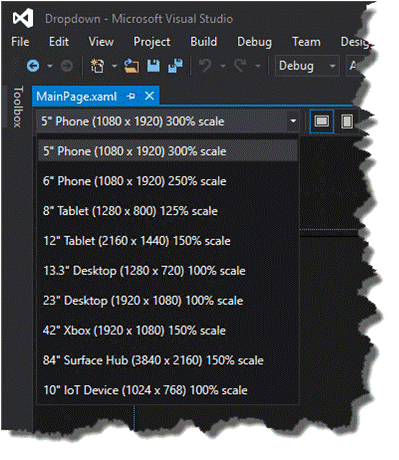Over the past year, Microsoft has pitched a new and better environment for PC gaming that includes the use of Windows 10 as its catalyst. With Windows 10 gamers across various PC settings, configurations and Xbox consoles should be able to chat and compete with one another in a more fluid gaming experience.
While the pace of development on the issue seems to be moving at snails crawl for some gamers, Microsoft’s Windows engineers continue to plug away at building the plumbing necessary to host cross-platform gaming experiences.
At this year’s GDC Europe 2016, Microsoft’s Windows team is showcasing new technologies it has been working on to help craft a better game development environment for Windows 10. Fortunately, game developers who were unable to muster the money to visit GDC Europe 2016 won’t be left in the dark on the new features coming to the platform.
In a lengthy blog post, the Windows team reposted a Gamasutra sponsored instructional article detailing “What every PC game dev should know about Windows 10.
Some of the highlights from this post include:
Openness & Community
It’s clear that in prior Windows 10 releases, it wasn’t as intuitive to install UWP games obtained outside of Windows Store for many users. The end user had to either run a PowerShell script to install the certificate and install the game, or even type a command directly into PowerShell. Users were at times confused by certificate errors, or by the perception that sideloading games wasn’t the best way to install something. What we’re calling the “App Installer” is a pre-installed tool in Windows Anniversary Update that handles easy app installation: this enables a user to double-click any .appx or .appxbundle for straightforward installation, without the need for scripts or commands.
Power & Capability
This was the pain point we had in mind when building the Universal Windows Platform, enabling developers to write once and target multiple device families. Each device type needs code tailored to its unique capabilities. UWP provides that guarantee – both the core APIs that are available on every Windows device, and then unique APIs that are accessed conditionally depending on the device the code is run on. For game developers looking to target desktops, laptops, tablets, Xbox, and Windows Holographic, UWP will provide the seamless scalability requires on each device family.

UWP scaling
Engagement & Reach
The first step is to make your game available in as many markets as possible; Windows Store is currently accessible in over 240 markets world-wide – knowing how to engage correctly with all of those potential customers is crucial. The advances promotional approaches available or coming soon to Windows Store are a result of listening to game devs’ long-running concern about how it’s sometimes very challenging to gain visibility, merchandising space or any kind of exposure when selling their game online.
The blog post also covers in greater detail, how developers can leverage UWP development to send notifications, Live Tile updates and connect directly with gamers using other Windows 10 enabled features. Developers can also make use of Windows 10 tie-ins into Facebook Install Ads and Facebook Audience Network (SDK) to help monetize their efforts.
Developers can also look forward to developing UWP games directly from their Xbox One consoles with game-centric features from the Xbox Store coming soon. On top of all of that, game devs can also look forward to DirectX 12 providing the horsepower behind graphically intensive games while reducing the overhead.

Visual Studio Windows 10 game development
The best way to think about DirectX 12 is that it allows many gamers’ PC hardware to not just talk better to each other internally, squeezing out graphics performance out of existing GPUs and CPUs, but that it’s a technology that allows game developers to write closer to the metal than ever before. CPU and GPU performance are significantly increased, partially by reducing API overhead and by increasing overall efficiency.
Also in the graphics category, gamers and developers alike also asked us for broader support for core gaming features in UWP that they expect from classic Windows games. In May, Microsoft rolled out UWP support for AMD’s Freesync™ and NVIDIA’s G-SYNC™ in Universal Windows Platform games and apps, as well as unlocked frame rate support.
As a gaming dev, there is a lot to look forward to when it comes to Microsoft’s efforts with Windows 10 and Xbox gaming development. Besides a more unified experience, it seems the Windows team is building out the features game devs have been asking for, for far too long. Whether or not Microsoft’s ultimate cross-platform gaming experience becomes the gameplay utopia it’s been pitched as, ever materializes, it’s clear the Windows team won’t stop until their as close as they can be.
Visit the blog post for more information on Microsoft’s Project Scropio and Live integration in to games here at the Windows 10 development blog.
[Source: Winbeta]




